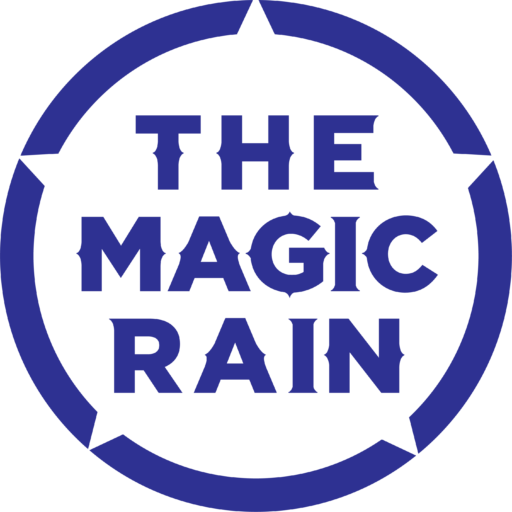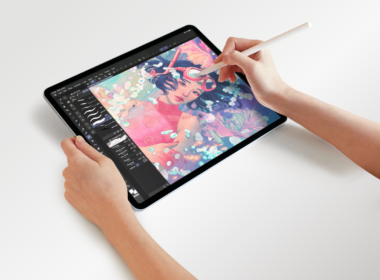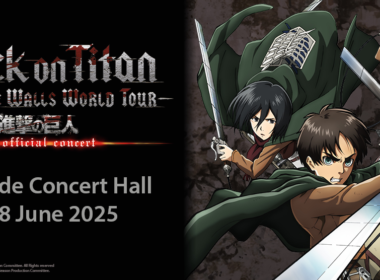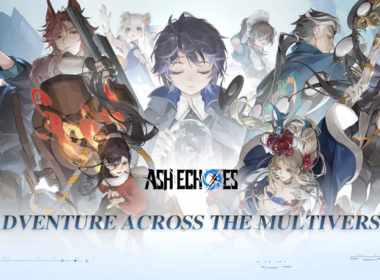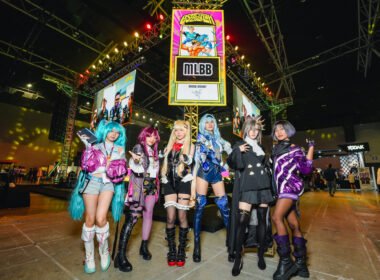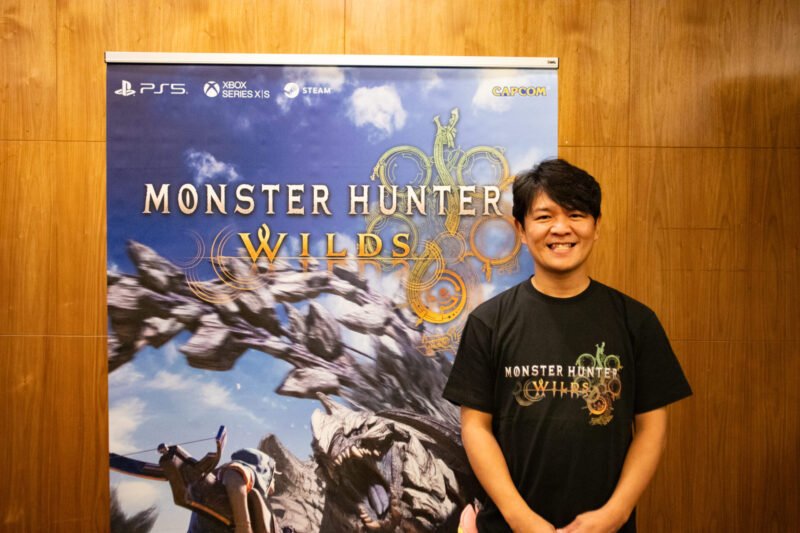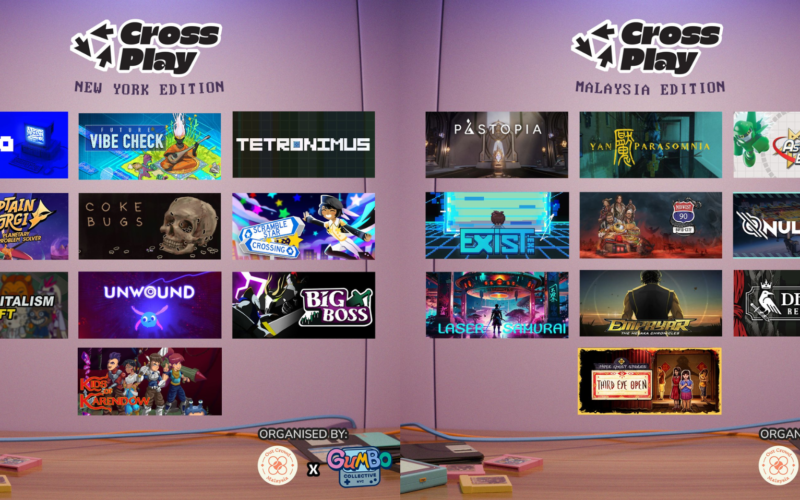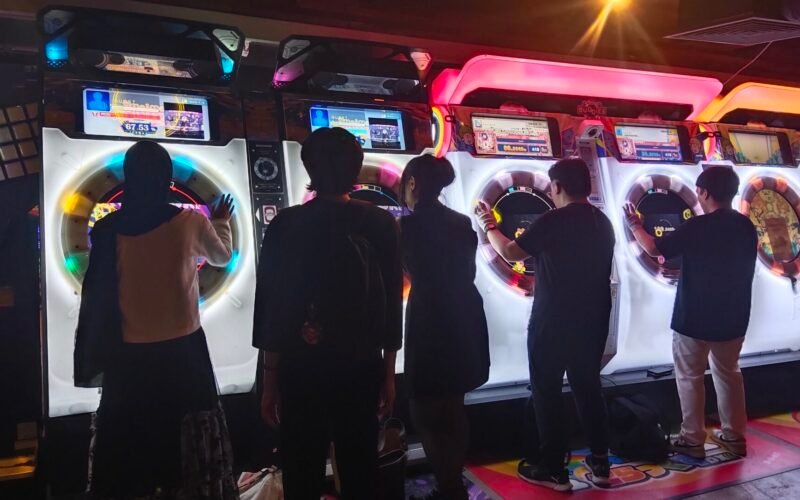The highly anticipated next installment in the Monster Hunter franchise, Monster Hunter Wilds, launches on all platforms in February 2025! Attendees of gamescom asia 2024 got the chance to try the game in-person for the first time in Southeast Asia, with playable demo stations available on the convention floor.
Thanks to CAPCOM Singapore, we also got the opportunity to deep dive into the game design and new features available in Monster Hunter Wilds with series producer Ryozo Tsujimoto. He has served as the producer for Monster Hunter since 2007 with the release of Monster Hunter Freedom 2, and had plenty of insights to share about the upcoming title.
Disclaimer: The following interview has been edited for clarity and ease of reading.
What was the biggest challenge you faced while developing Monster Hunter Wilds?
One thing that was definitely a technical challenge for the developers this time was the concept of herds and the hordes of monsters. The developers really wanted to express how monster hordes can naturally co-exist in one environment at the same time, and because that was such an important focus for them, there was a lot of QA and gameplay testing that went into expressing that in the game.
Because it’s something that hasn’t been done before, with so many monsters existing at the same time on the same screen, it’s something that was actually really challenging for them and they worked really hard on doing playtests for that.
With Monster Hunter Wilds being such an ambitious project, which aspects of the game are the team most proud of?
In the past games, Monster Hunter was mostly focused on Hunter VS Monster. The Hunter’s point of view has always been focused on the monster, but this time in Wilds, you can see it involves a lot of civilisations and past civilisations. The goal of Monster Hunter Wilds was to meld together monsters, people, and ecosystems altogether.
I’m really proud to have created a work that melded those three factors together really, really well, and I’m excited for people to actually play the game and find out more about that aspect of it as well.
How do you balance meeting players expectations of what a Monster Hunter game should be, while also introducing new ideas and gameplay?
As the developer for Monster Hunter, a series that has been going on for over 20 years, the team already has so much experience in making Monster Hunter games. Just like how the fans have an image of what Monster Hunter is like, the developers also have a certain image of what we feel like Monster Hunter is. We put a lot of importance on not breaking that image when putting out a new game.
But at the same time, we also have to add new components and elements to take the games further and evolve the series as well. It’s really hard to talk about specific factors because there have been so many iterations that we couldn’t possibly run through them all. But as you said, it’s a game of balance and something we place a lot of importance on.
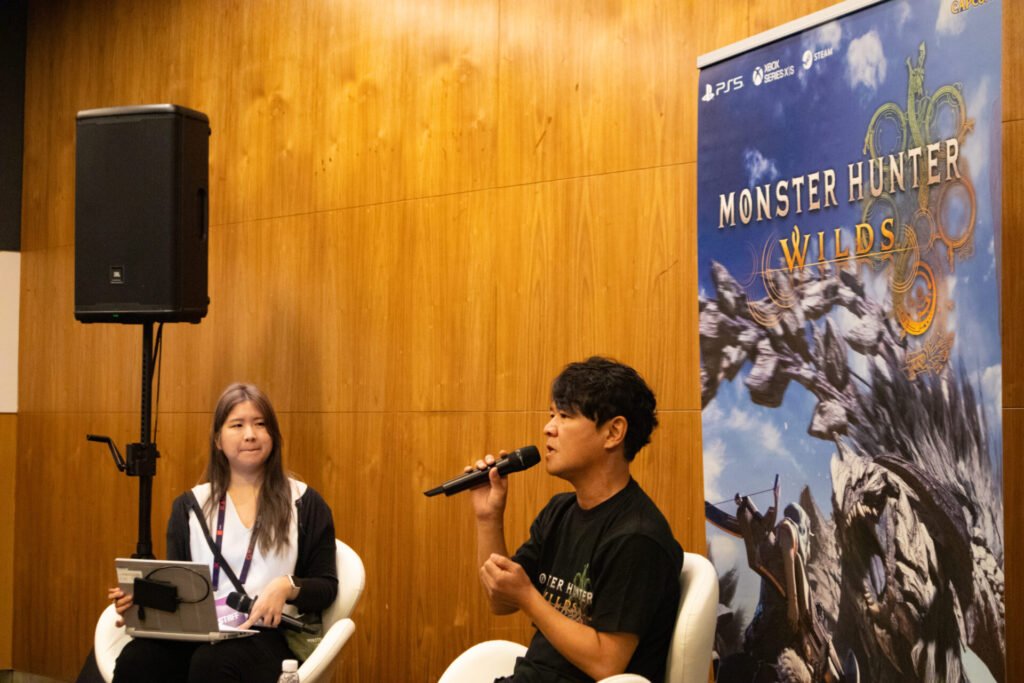
With the addition of the mount, how has that impacted the level and monster design of both the gameplay and technical aspects?
The concept of Monster Hunter Wilds was to have these large, expansive locales, and for all the areas and base camps to be seamlessly connected. And when you have that sort of environment design, it makes it so that it can be a lot easier to get lost. You don’t really know where you are or where you’re going.
And even though we have the scoutflies making their return from Monster Hunter World, we still felt like users might have some trouble navigating that kind of expansive world. We then decided to add the Seikret (mount), which really helps smooth that transition for people who may not be able to navigate without some help there.
What was the decision behind allowing players to change their weapons on their mount?
This is one of the things that will allow players to have much more freedom in terms of choosing weapons, so that it keeps that seamless gameplay and not break the player’s actual gameplay loop. This also allows them to have more options out on the locale, and to have a wider range of motion and strategies that each player can take.
At the same time, it is up to the player to choose what they want to do. I personally am definitely going to bring two hammers because that’s my favourite weapon, so that’s something you can do, or you can expand your range of motion and choice. We want to make things as fun as possible for your typical Monster Hunter player, but at the same time, keeping it a bit real because you can only bring two weapons with you each time.
What was the process of incorporating changing seasons into the existing Monster Hunter formula?
As previously touched upon, the concept and main goal of Monster Hunter Wilds was to make the world of Monster Hunter more alive and more immersive. I wouldn’t say real-to-life, but more realistic as a hunter in actual real life environments. One of the considerations was to express how the environment itself may change as well, because in real life, you’re not always hunting in one single type of environment. So that was the starting point of how the concept came to be.
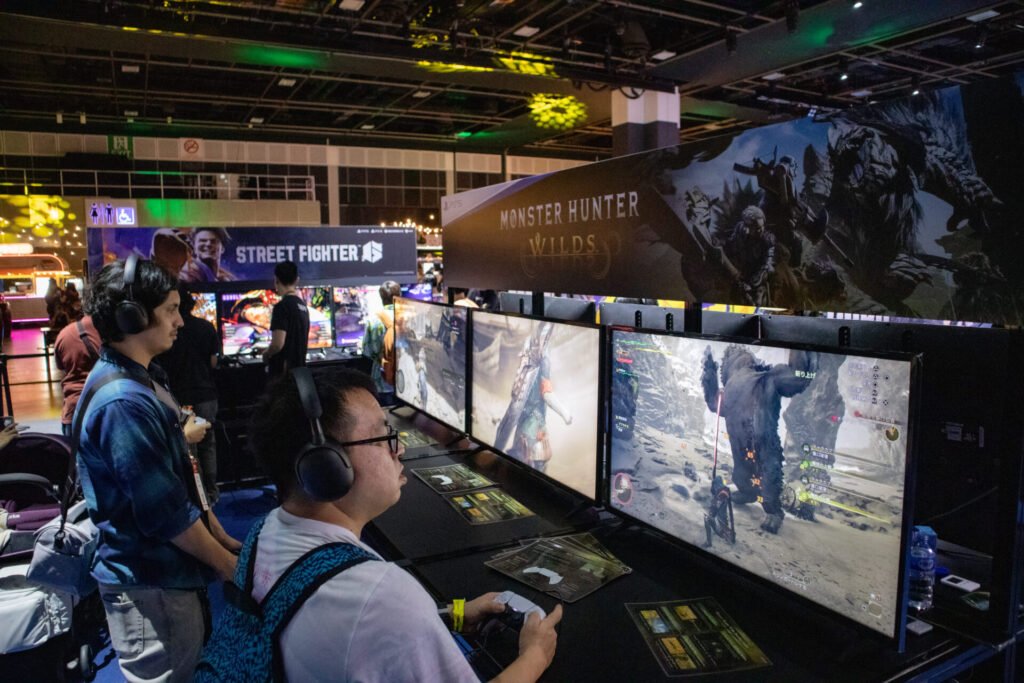
What was the thought behind the decision to fully voice the Hunter in Monster Hunter Wilds?
This really goes back to one of the main goals of the game which was to increase the immersiveness of the game. As the player, you want to be immersed in the environment, and to some extent, the story. We felt that having the Hunter act in a similar way to past titles — with the occasional small grunts but mostly silence — placed limitations on the type of immersiveness we wanted for players to experience with the Hunter.
But just to let everybody know, it’s not the case where the Hunter is going to be speaking all the time. We worked hard to find that balance to make it so that it maintains the same tone as the past Monster Hunter games, but at the same time, giving the Hunter a little more personality so that people can self-insert a little bit more into that immersive world.
The player’s Palico is also another character that gets a voice in Monster Hunter Wilds. What was the thought behind that decision?
The decision to make the Palico speak is actually something we’ve been grappling with since past games, and it finally happened with this game. One of the main factors for it happening in this game is to avoid breaking the seamless flow of action gameplay. Because the Palico actually does give a lot of advice as you’re navigating and hunting, so if they didn’t have a voice, you would have to constantly go back and look at the text.
We felt like having more auditory advice being directed at the Hunter made things a lot easier to understand. Not just with the Palico, but also with your handler Alma, it’s a lot easier to take in auditory cues than to take in visual cues and having to break your sight away from the action to read text. So that’s one of the main factors why the Palico got a voice this time.
And it’s also been talked about before in other places, but you can definitely change your Palico’s voice so that it has the meow meow meow from before. So it’s up to the player whether or not they want to do that. Although in the actual development office, the voiced Palico is really, really cute and it has been well-received at least within the development team. The Palico also has a lot of cute new expressions, and we hope everyone can take care of our dear Palico’s.
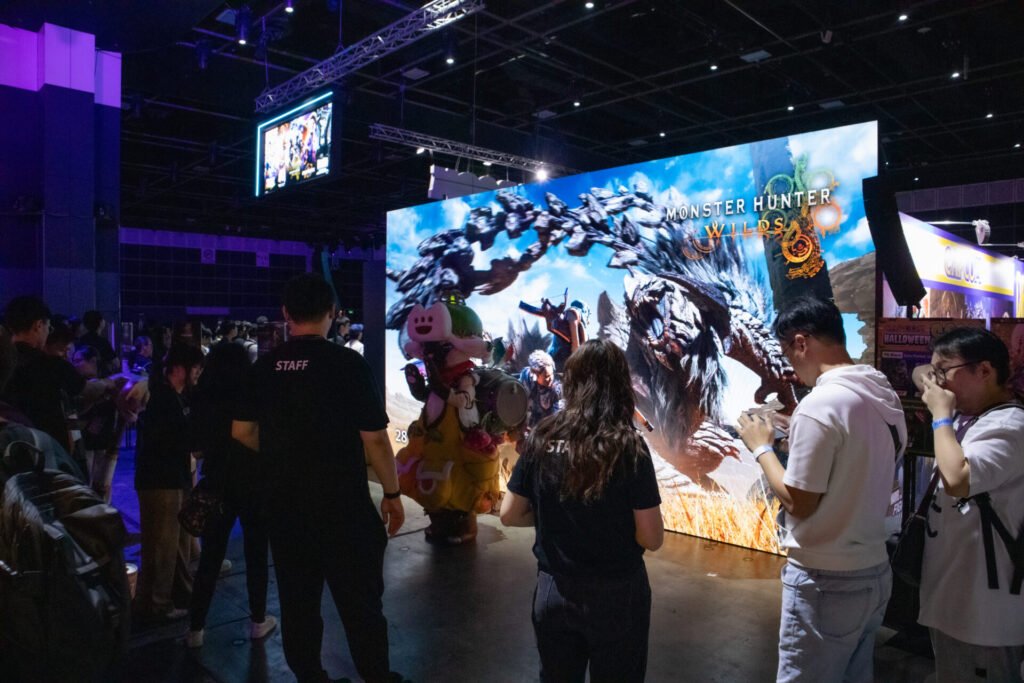
When it comes to game design, do you create the world and environment first then think of the monsters, or do you create all the monsters first then think about the environments they live in?
If I had to pick one or the other, typically locales and environments come first. We start by thinking about the general story and plotline for the new iteration, and decide which environments the players will encounter, then we think about the monsters that fit within those environments.
With regards to the monster design, it is not only affected by what environments they are meant to appear in, but also by the timeline within the player’s journey. Of course you will have the main monster designs, but you can’t have every single monster be that sort of main monster. You have to have levels to that. For instance, if it’s a monster that is meant to appear earlier on in the game, we have to design it to fit within the player’s journey and timeline.
How do you balance bringing back fan favourite monsters, such as Rathalos and Rathian, and introducing less frequently seen monsters from past games or spin-offs like Monster Hunter Frontier?
It is definitely a challenge sometimes, and it’s very important for that kind of monster balance to exist between each and every single game. Some of the factors that go into that decision making process, like whether or not a monster comes back, or whether we’re adding a new monster, ties back to the core concept that exists when developing the title itself.
We look at which monsters will fit the type of mechanics and elements we want to express in the game, and of course, we take into account the popularity of the monsters themselves. So if fans have been asking for a monster to come back, or if fans are really expecting this type of monster, then we also take that feedback into account as well. So these are the two things we look out for when deciding on monsters, but it all comes down to whether or not the monsters fit within the concepts and environments they want to express in the game.
Which is your favourite monster in Monster Hunter Wilds and why?
We haven’t been able to show all of Arkveld and what the monster can do, so I’m really excited for people to see all of the actions that happen with the monster. It is actually really unique in terms of its actions and how it interacts with the environment, so we’re really excited for everyone to see that as more information is revealed.
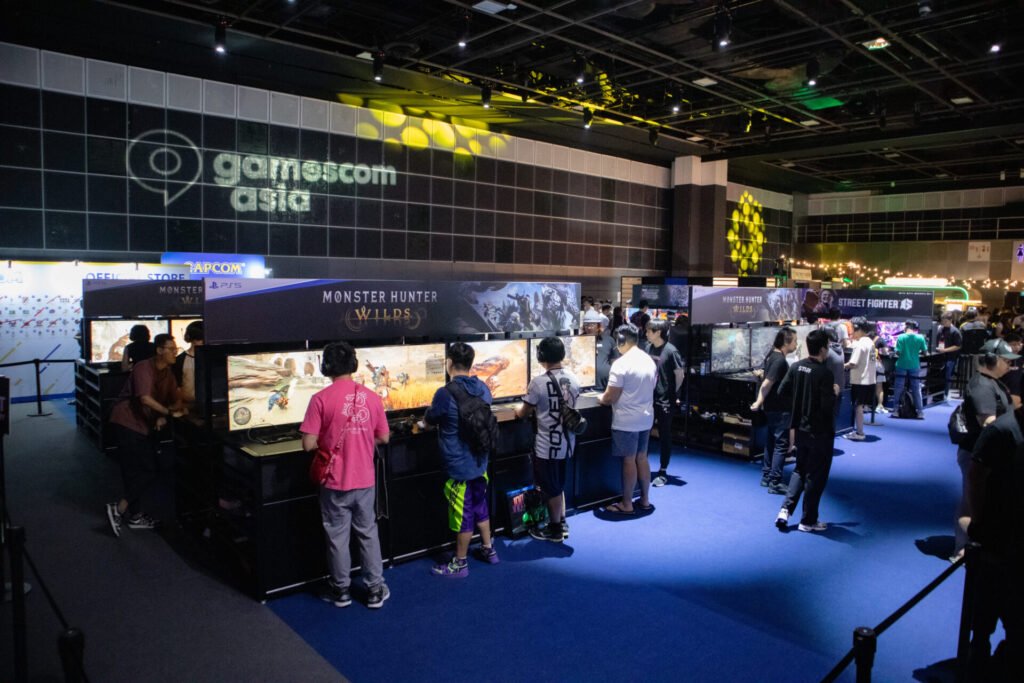
What were the development challenges with implementing cross-platform support in Monster Hunter Wilds?
The implementation of playing cross-platform in itself it actually a huge challenge, but it’s something that people have been asking for in the past, especially starting from Monster Hunter World. At the time we received that feedback, it was already far too late within the development process for it to be properly implemented, because it is something that has to be something that has to exist within the initial conception of the game. That is something we were able to do with Monster Hunter Wilds and that’s the reason why we were able to bring it to fruition.
How did player feedback from the previous games influence the development or design choices of Monster Hunter Wilds?
Compared to the older titles, the development environment for Monster Hunter is much easier, and as CAPCOM, we have been able to build very close networks connecting the various regional and international business divisions with the actual development team back in the headquarters in Osaka. So the development team has been able to receive fan feedback internationally, and not just in Japan, compared to past titles.
When we do get that sort of feedback from the global audience, it is definitely something that comes into play at the higher level of decision making, including what direction we should head in terms of the development of the game. One other very important outlet for that feedback is in physical events like gamescom asia and Tokyo Games Show. A lot of development team members participate in those events and are able to see real time feedback that users have.
What are some key lessons you learned from Monster Hunter World that you’ve applied to Monster Hunter Wilds?
One of the lessons we learned from the development and feedback from Monster Hunter World was difficulty in navigating the large expansive areas that were introduced in World. So when they decided to have bigger locales in Monster Hunter Wilds, they thought that the scoutflies weren’t going to be enough, so they added the Seikret (mount).
One of the things they were able to apply in Wilds was the improved AI for your Seikret. When you’re riding your Seikret, you just need to press one of the buttons for it to take you directly to your target. And to all the World and Iceborne fans out there, there are a bunch of smaller improvements that were made after receiving the feedback from World. Experienced players will be able to see for themselves what those small changes are.
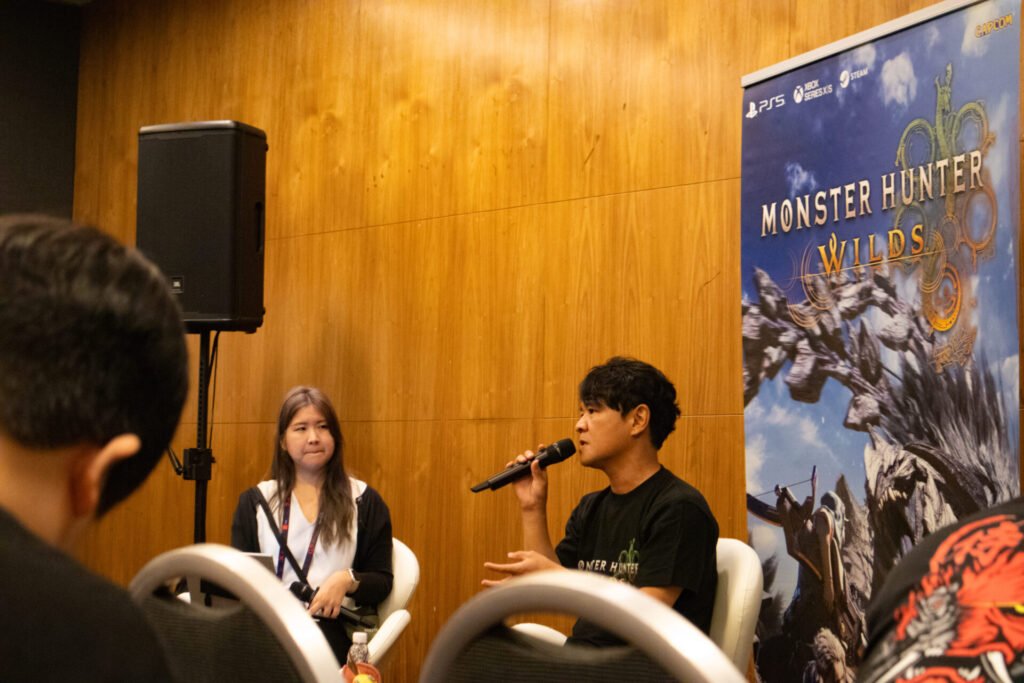
How will the new game be friendly to Monster Hunter newcomers?
Bringing in new players and thinking about the new players coming into the series is something that we think about with every single iteration of Monster Hunter. For Monster Hunter Wilds in particular, we added several things to the game to make it more friendly to newcomers. One of which is the tutorial, where you can choose how detailed the tutorial will be when you first start the game. For intermediate players, they will be able to choose fewer tutorials, but for beginner players, they can select the option to show everything. So there will be that range of choice for beginners to pick and choose from.
For the weapons as well, if you play what’s called the Story Quest, you will encounter the handler Alma who will ask you questions to help you choose a recommended weapon for your playstyle. This addresses one of the fan feedback that we often get, which is that people don’t know the gameplay for all fourteen weapons and have no idea which one to choose. So we added small components in the beginning of the game to help ease players into your typical Monster Hunter experience.
We are also expecting a lot of new players for Monster Hunter Wilds coming in from Monster Hunter Now, the mobile game, which is a little more casual. A lot of people have been playing the mobile game but haven’t played the console game, so there is definitely potential there.
There is actually one more improvement, which is the NPC hunters that come into play. In this game, you can shoot your SOS flare and NPC hunters will come and help you. This can be really beneficial for gamers who are not necessarily playing with other experienced hunters and are afraid to jump into the full multiplayer experience of playing with people you don’t know online.
So maybe you want to play offline but you need a little help, then you can definitely use the SOS flare function and call in NPC hunters to help you. It’s also something you can do pretty early in the game, and not something you have to clear a bunch of hurdles to get to.
Monster Hunter Wilds launches globally on February 28, 2025 across all platforms. Digital pre-order bonuses are also available on selected platforms.
